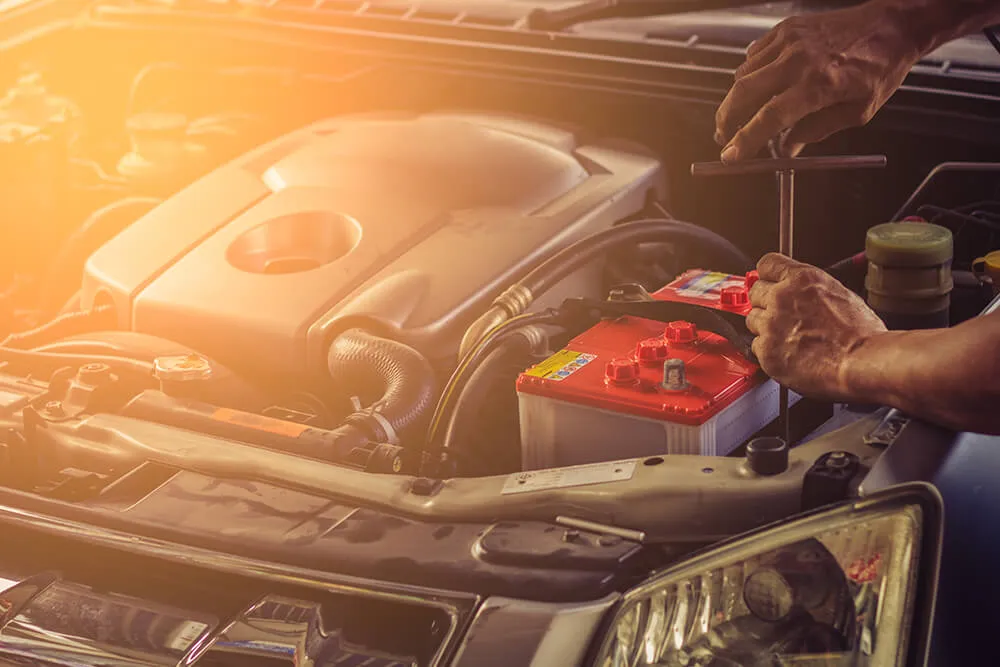Without a properly functioning car battery, your car won’t start. Period. That’s why it’s crucial to ensure your car battery is checked regularly and get necessary repairs done as quickly as possible. But what is involved in auto battery repair? Let’s take a closer look.
The First Step: Diagnosis
The first step in auto battery repair is diagnosing the issue. This can be accomplished with a visual inspection of the battery and its components, such as cables and terminals, and testing the battery with a volt meter or hydrometer. They need to be replaced if there is corrosion or damage to the components. The technician may also check other parts of the electrical system that could be causing problems, such as alternators or starters, and replace them if necessary.
Replacement Parts
Once the diagnosis is complete, any necessary replacement parts can be ordered and installed by an experienced technician who knows how to work on batteries safely and effectively. Most auto shops stock basic replacement parts for standard batteries, including new cells, terminals, cables, and clamps. The technician will remove the old components from the battery case and install the new ones with care, ensuring all connections are secure before reinstalling them into your car’s engine compartment.
Charging Systems
If your vehicle has an onboard charging system—which many modern cars do—the technician will inspect the system for any damage or corrosion that might prevent it from working properly. The charging system is responsible for keeping your battery charged when you’re not using it; if it’s not working correctly, you may have to replace it to keep your car running smoothly over time.
Auto battery repair can seem intimidating at first glance, but once you understand what’s involved, it’s quite straightforward! The key is ensuring you have all the right tools and parts on hand so you can get back on the road quickly without compromising quality or safety. By following these steps carefully and consulting with our qualified technicians when necessary, you should be able to keep your car running like new for years to come!

